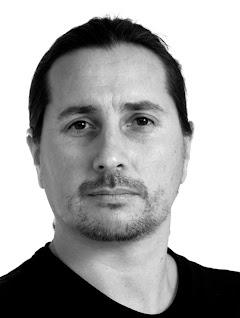Beat
I cover breaking news, in-depth projects, politics and feature assignments.
One Shot

“This is an image that still pulls at my emotions. Nine-year-old Christina Taylor-Green was killed in the Gabrielle Giffords shooting in Tuscon, and a classmate brought a bear to her funeral, but wasn’t able to leave it. He was walking along with his mother, and she granted interviews to the media. Just then, the boy walked away, and was standing alone, with this bear, and the desert in the background. For me, that image summed up innocence lost.”
Profile
My first memory of photography is probably trying to figure out how to use my father’s Canon AE 1. I remember it being much too difficult, so I gave up and never really thought about photography until many years later.
I got my first professional photography assignment during my first year of photography school at Brooks Institute. It was some kind of chamber of commerce party. The pictures were not great, and I’m pretty sure it never ran. I learnt that there are several types of assignments, and sometimes you have to do your best to make something out of every situation. Sometimes it works, sometimes it doesn’t.
In May of 2011, I had finished covering flooding along the Mississippi and was near Joplin when the massive tornado hit. Being a part of that story had an incredible impact on me. When I’m covering a story, I always feel like the more I invest of myself emotionally, the better I will be able to tell people’s stories. With Joplin, I allowed myself to get as close as I possibly could to the people, doing my best to empathise with their fear, their loss, their sorrow, their pain.
I like being a part of history, and as photographers, we are able to work our way into all sorts of situations and places. I really like covering pretty much anything and everything. It’s about the experience, and recording what you witness.
When covering moments of tragedy or human suffering, or while working on a project, you are trying to impact a wider audience. You want those images out there for everyone to see, that way you can make some kind of difference or enable change or help the people affected.
Sometimes you fail, sometimes you succeed, but you have to try your best at everything you shoot.
I have learnt that sometimes if you wait, the picture will come together. Every time I get restless and want to move, I try to make myself stay another minute or two, or five. Sometimes that makes the difference.
